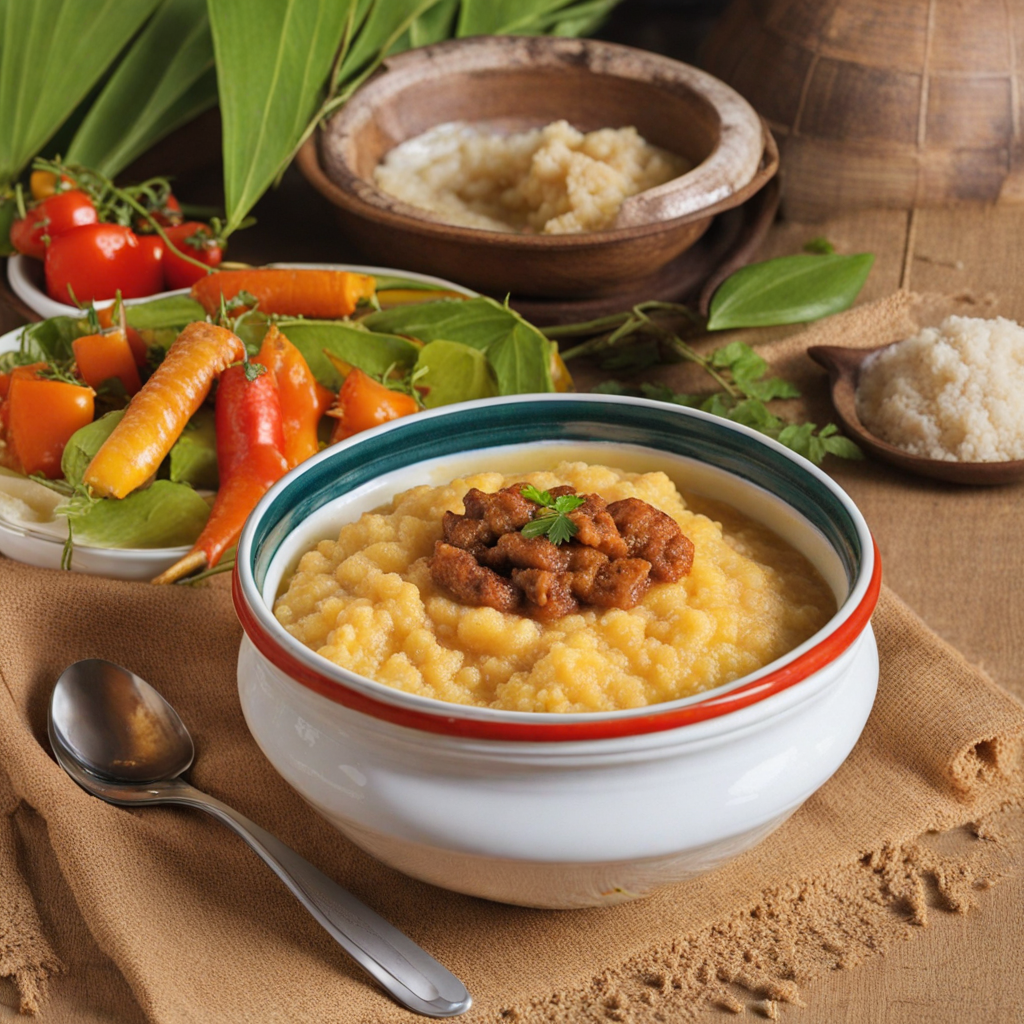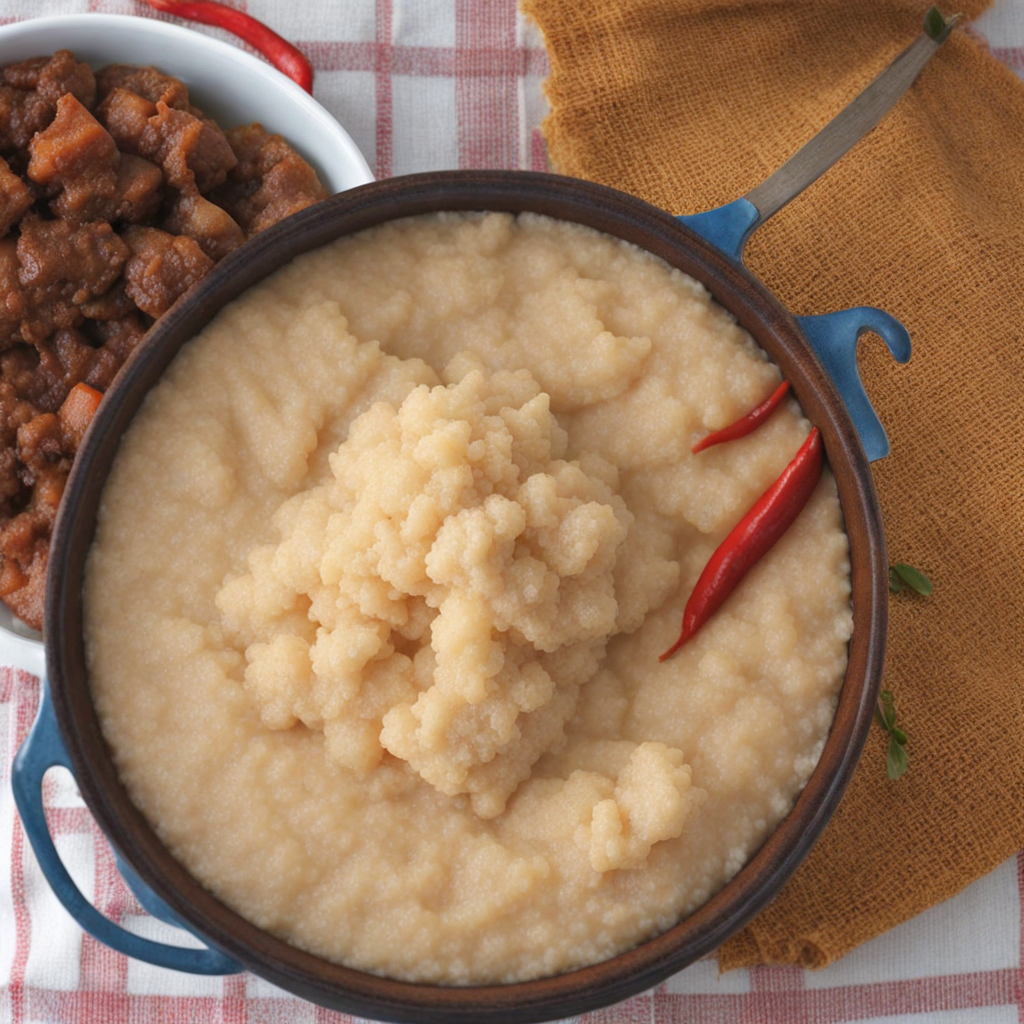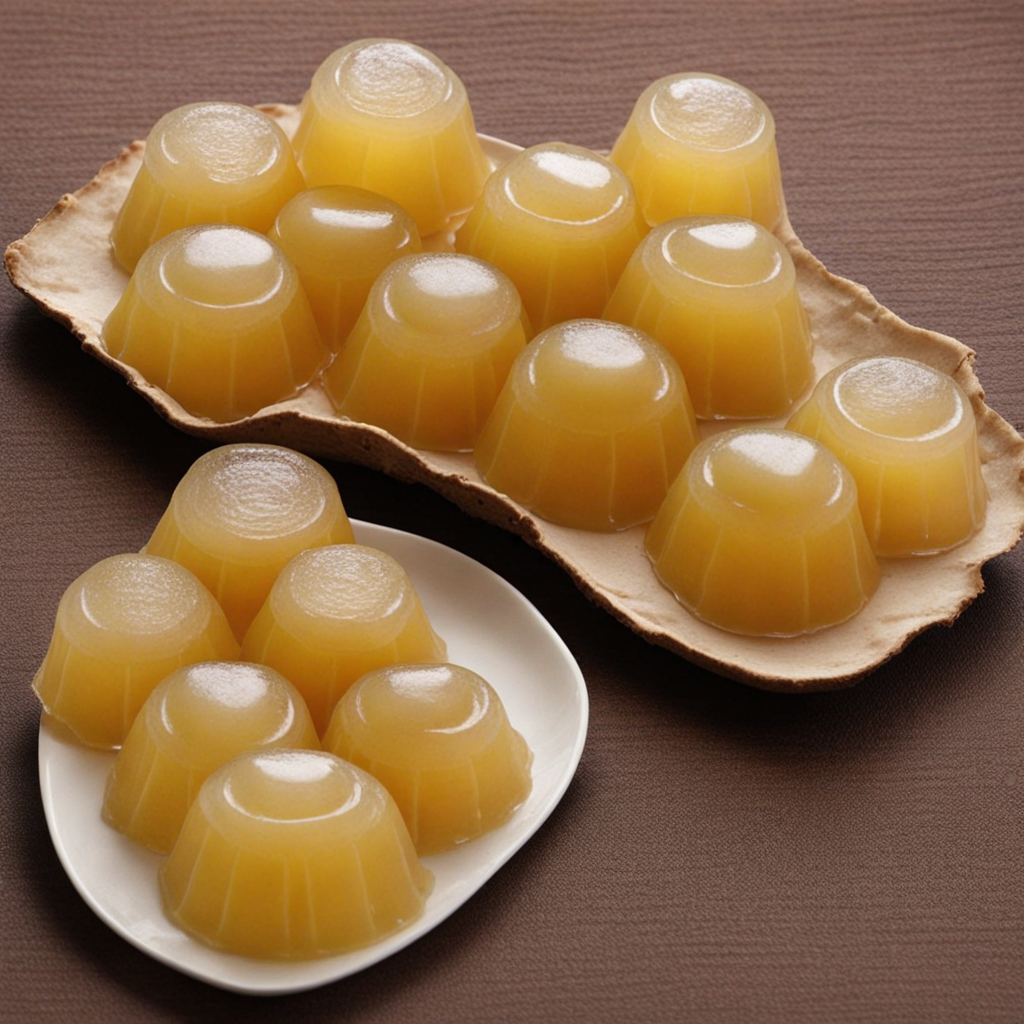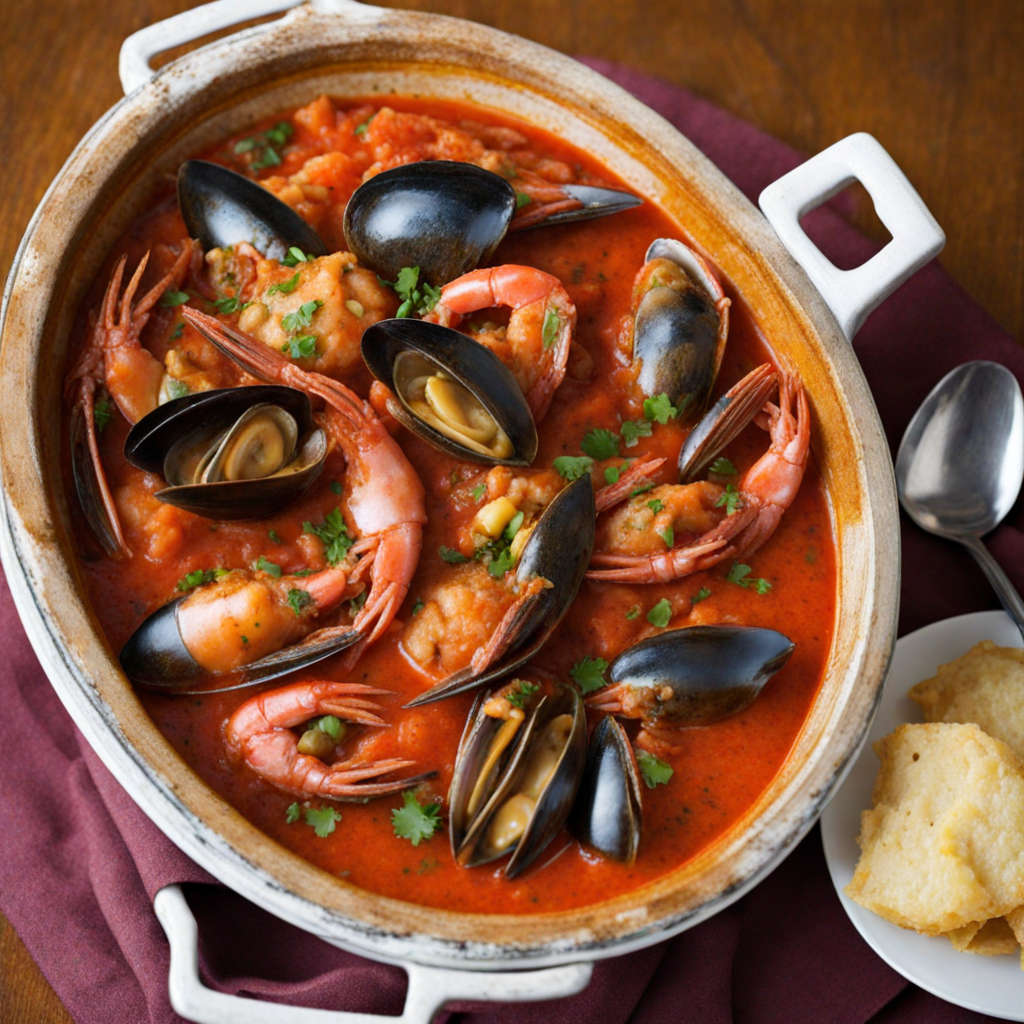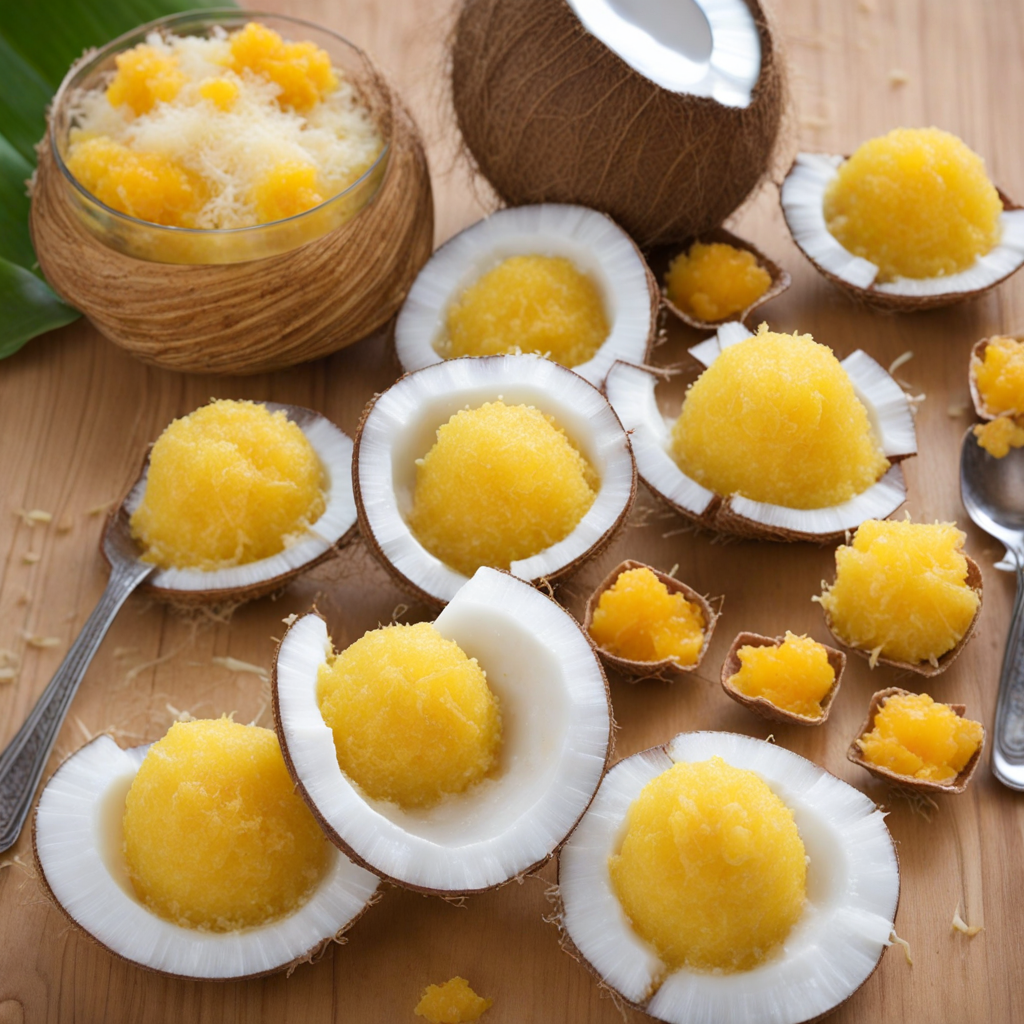Pirão
Pirão is a traditional Angolan dish that beautifully showcases the country's rich culinary heritage. At its core, Pirão is a thick, porridge-like dish made primarily from cassava flour or cornmeal, which is mixed with broth or sauce, typically derived from fish, meat, or vegetables. The resulting texture is creamy and smooth, allowing the dish to serve as a perfect accompaniment to a variety of stews and grilled meats. The subtle flavor of the starch is enhanced by the broth, which infuses it with a depth of umami, making it a comforting staple in Angolan households. The preparation of Pirão is often an interactive family affair, where ingredients are slowly combined and stirred over a low flame until the desired consistency is achieved. The use of local spices, such as garlic, onion, and sometimes even a hint of chili, adds warmth and complexity to the dish, making it an integral part of Angolan cuisine. Pirão is versatile and can be enjoyed in various ways: served plain, topped with sautéed vegetables, or even alongside rich sauces that boast robust flavors of the region's indigenous ingredients. One of the most delightful aspects of Pirão is its role in fostering a communal dining experience. Traditionally, it is presented in a large communal bowl, inviting family and friends to gather around and share in the meal. This dish not only satisfies hunger but also brings people together, creating lasting memories over delicious bites. As you explore Pirão, you'll discover not just the taste of Angola but also the warmth of its culture and the joy of shared meals.
How It Became This Dish
Pirão: A Culinary Journey Through Angola’s Rich Heritage Pirão is a traditional Angolan dish that encapsulates the country’s rich culinary heritage, blending indigenous ingredients with influences from Portuguese colonialism and African traditions. This dish, a thick porridge made primarily from cassava flour or cornmeal, has evolved over centuries, reflecting the history, culture, and resilience of the Angolan people. Origins and Historical Context Pirão has its roots deeply embedded in the agricultural practices of the Bantu-speaking peoples of Angola. The Bantu migrations, which began around 1000 AD, introduced various agricultural techniques and staple crops, including cassava (manioc), maize (corn), and millet. These staples became integral to the Angolan diet, providing the foundation for many local dishes. The dish’s name, “pirão,” is derived from the Portuguese word “pirão,” which means porridge or thick sauce. This reflects the historical context of Angola during the colonial period when the Portuguese arrived in the late 15th century. The Portuguese colonizers not only brought new cooking methods and spices but also influenced local culinary practices. The fusion of indigenous ingredients with European techniques led to the creation of many dishes, with pirão being a prominent example. Ingredients and Preparation Pirão is primarily made from cassava flour or cornmeal, often combined with water to create a thick, smooth consistency. The versatility of pirão allows it to be adapted based on the available ingredients and personal preferences. In many households, it is common to incorporate various flavorings, such as vegetable stocks, seasonings, and even meats or fish. The addition of these ingredients transforms pirão into a hearty and nutritious meal. To prepare pirão, one typically starts by boiling water and gradually adding the flour, stirring constantly to prevent lumps from forming. The mixture is cooked until it reaches the desired thickness, often resembling a creamy porridge. The final product can be served as a side dish or as a base for stews, grilled meats, and fish, making it a versatile component of Angolan cuisine. Cultural Significance Pirão is more than just a dish; it is a cultural symbol that represents community, family, and resilience. In Angolan society, food plays a vital role in social gatherings, celebrations, and rituals. Pirão is often served during significant events such as weddings, funerals, and communal feasts, emphasizing its importance in bringing people together. The preparation and sharing of pirão are often communal activities, fostering a sense of unity among family members and friends. Traditional cooking methods, such as cooking over an open flame or using clay pots, are still practiced in many rural areas, preserving the cultural heritage associated with this dish. The act of cooking pirão is often accompanied by storytelling, music, and laughter, reinforcing social bonds and cultural identity. Evolution and Contemporary Relevance Over the years, pirão has undergone various transformations, adapting to modern culinary trends while maintaining its traditional roots. In urban areas, the dish is often prepared with a quick twist, utilizing pre-packaged flour and modern cooking appliances. Despite these changes, the essence of pirão remains the same: it is a comfort food that connects Angolans to their past and heritage. In contemporary Angolan cuisine, chefs are increasingly experimenting with pirão, incorporating international flavors and innovative techniques. This evolution is part of a broader movement to redefine African cuisine on the global stage. As Angolan chefs gain recognition for their culinary skills, pirão has found its way into fine dining establishments, often served alongside gourmet interpretations of traditional stews and grilled meats. Moreover, the rise of gastronomy tourism in Angola has brought renewed attention to traditional dishes like pirão. Tourists seeking authentic culinary experiences are drawn to local markets and street food vendors, where they can sample pirão and other traditional dishes. This trend not only promotes cultural exchange but also supports local economies and encourages the preservation of culinary traditions. Challenges and Resilience While pirão holds a special place in Angolan cuisine, the country has faced significant challenges over the years, including civil war, economic instability, and food insecurity. These issues have impacted agricultural practices and access to traditional ingredients, leading some communities to adapt their recipes and cooking methods. Despite these challenges, the resilience of the Angolan people is evident in their commitment to preserving their culinary heritage. Community initiatives focused on sustainable agriculture and the promotion of traditional crops have emerged in recent years, helping to ensure that ingredients for pirão remain accessible. Additionally, organizations dedicated to preserving Angolan culinary traditions are working to document recipes and cooking techniques, ensuring that future generations can continue to enjoy and celebrate pirão. Conclusion Pirão is more than just a dish; it is a testament to Angola’s rich cultural history, resilience, and community spirit. From its indigenous roots to its adaptation in contemporary cuisine, pirão embodies the heart and soul of Angolan culinary traditions. It serves as a reminder of the importance of food in forging social connections and preserving cultural identity. As Angola continues to navigate the complexities of modern life, pirão stands as a symbol of hope, unity, and the enduring legacy of its people. Whether enjoyed at a family gathering, a festive celebration, or in a fine dining setting, pirão remains a beloved staple in Angolan cuisine, reflecting the diverse and vibrant culture of this beautiful nation. Through pirão, Angolans honor their past, celebrate their present, and look forward to a future where their culinary heritage continues to thrive.
You may like
Discover local flavors from Angola


